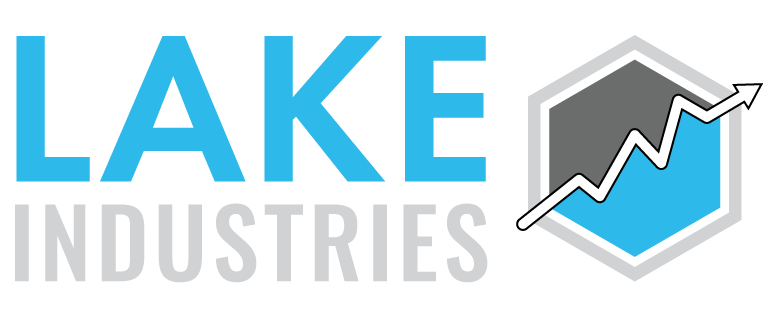How Lake Industries was able to source PPE when the rest of the country was on pause.
After a whirlwind 2 weeks, many people have asked how Lake Industries secured shipments of the PPE (personal protective equipment) that have been impossible for most of America to obtain. Short answer: an incredible worldwide team effort in an unprecedented crisis.
Lake Industries has been manufacturing and importing cookware and housewares for the direct sales industry for 40 years. As the COVID-19 began to unfold in the US, the Lake team began sourcing PPE. Within the first week, the team at their Henderson, NV facility received the first shipments of protective face masks, hand sanitizer, and medical face shields into their warehouse in Henderson, Nevada. Despite having no existing suppliers for PPE, increased costs at every point of the supply chain, confiscated shipments by Chinese authorities and no existing medical customer base, Lake has been able to deliver tens of thousands of PPE supplies to healthcare workers all over the country.
Why there was a shortage
The severe shortage of medical supplies was caused by a perfect storm of supply chain problems that most American medical facilities were unprepared for. On the onset of COVID-19 in the United States, the incessant 24-hour per day media coverage drove the population into a panic. Hoarding of facemasks and shields took hold immediately. Under normal circumstances, overseas manufacturers (mostly in China) would ramp up production to alleviate the shortage in a matter of days. But, with most Chinese factories already closed due to COVID-19, there was nowhere else to obtain these products.
As Chinese factories began reopening and producing again, Chinese officials, fearing a second wave of the novel coronavirus, began halting shipments of PPE supplies from their ports and airports. In many cases, shipments of these essential items were being confiscated or blocked from even leaving the manufacturing facilities. As a result, warehouses full of these supplies sat dormant while the political situation played out.
The few remaining suppliers that could still produce and ship these products were faced with the challenge of rising costs. Prices of raw materials increased five-fold and manufacturing equipment that sold for $3,500 in previous months now cost over $100,000.
Pivoting a Supply Chain
In the first week of the supply crisis, Lake industries began moving quickly to try and meet the need. “Our executive team was on a video call, talking about slowing down shipments of our regular products, and as we were looking through our pending orders from facilities across Asia, it dawned on us that we probably have the necessary relationships to make this happen,” said Saville Kellner, CEO of Lake Industries. “We have sourcing agents, manufacturing facilities and shipping accounts in China and South Korea and we immediately put them into action to find a reliable supply chain. The following two weeks were wild. From rushing test orders from many manufacturing plants, to checking product quality to creating new websites and mechanisms to get the word out, our team was working 7 days a week to make this happen”.
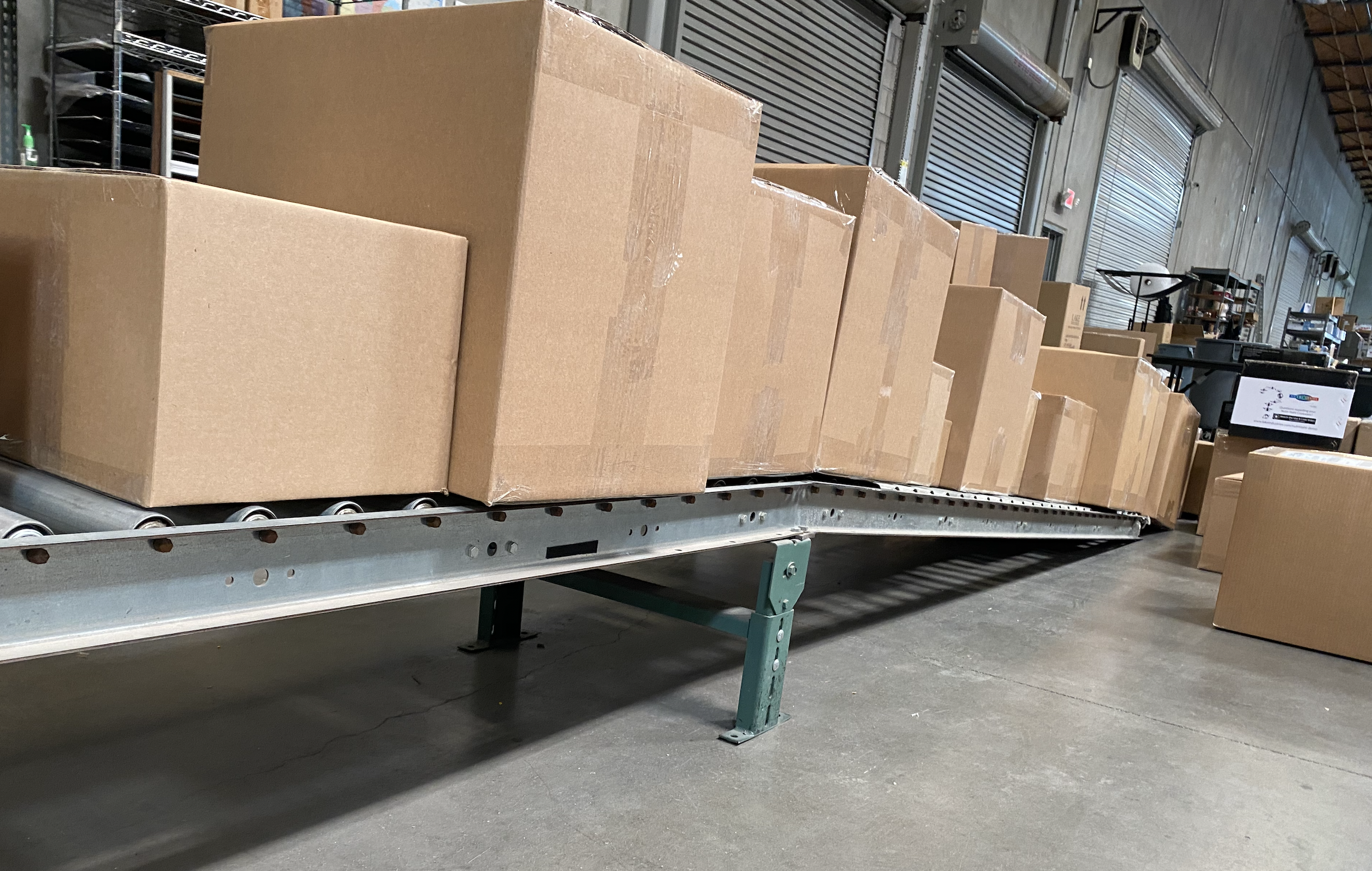

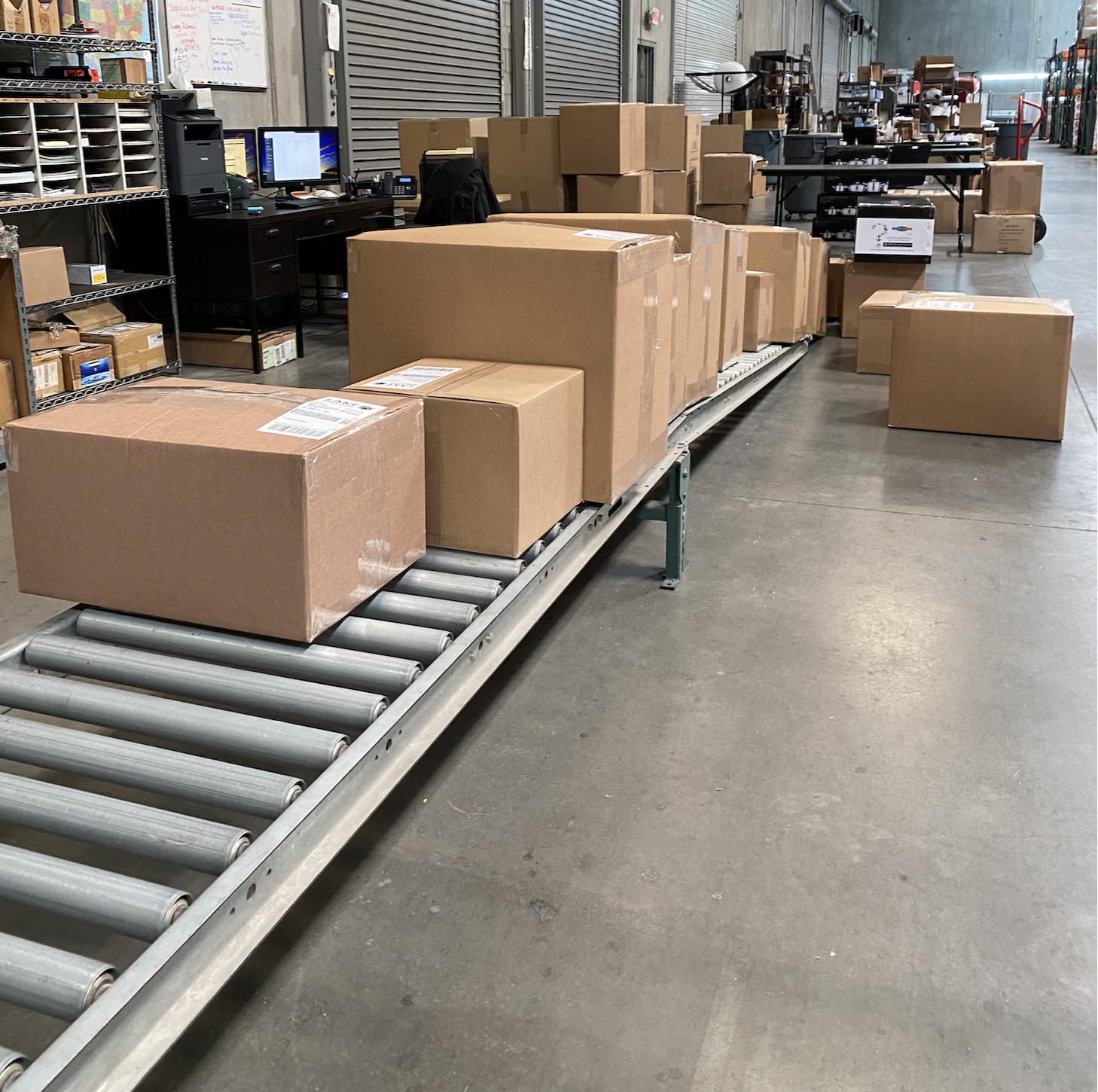
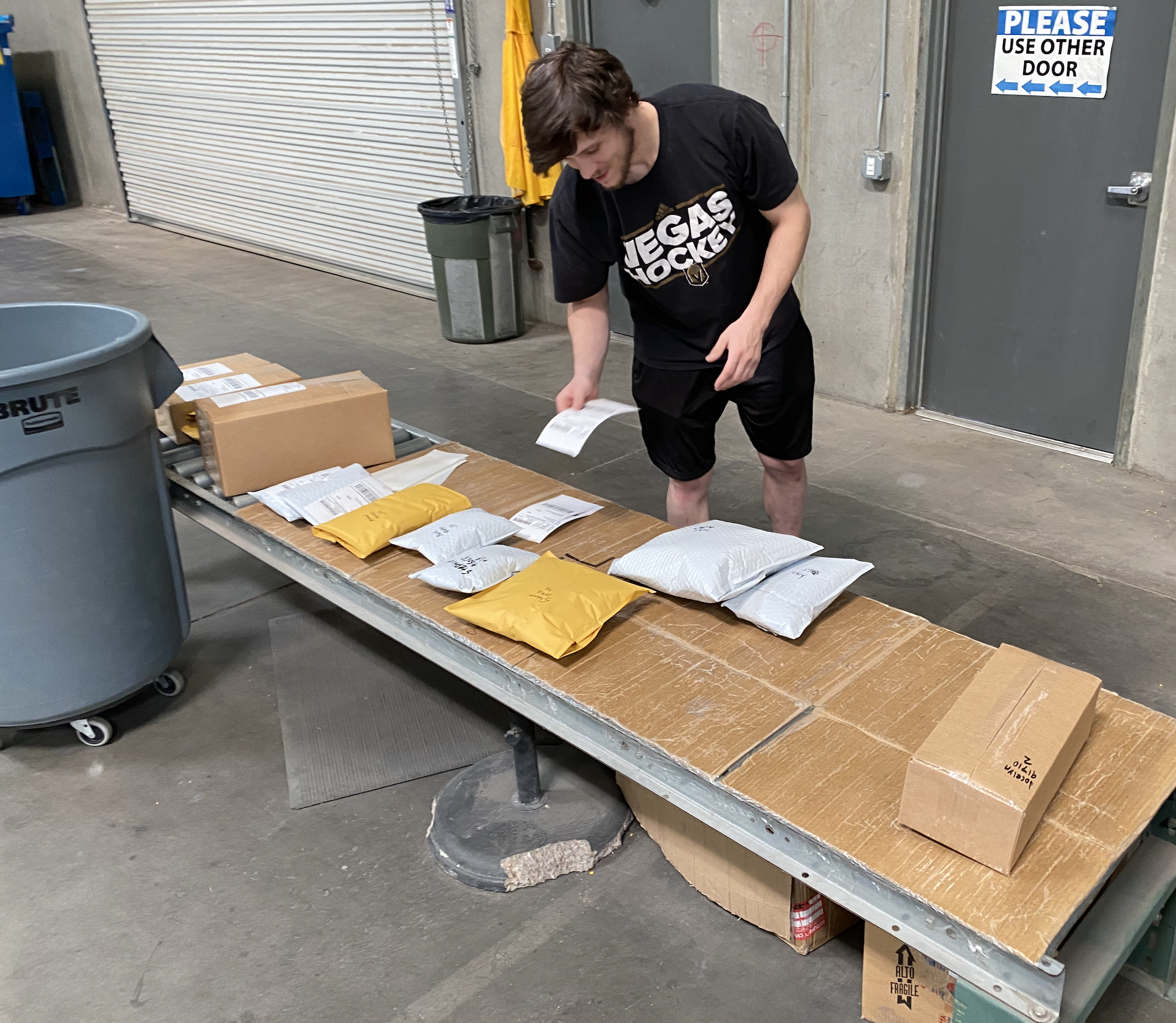
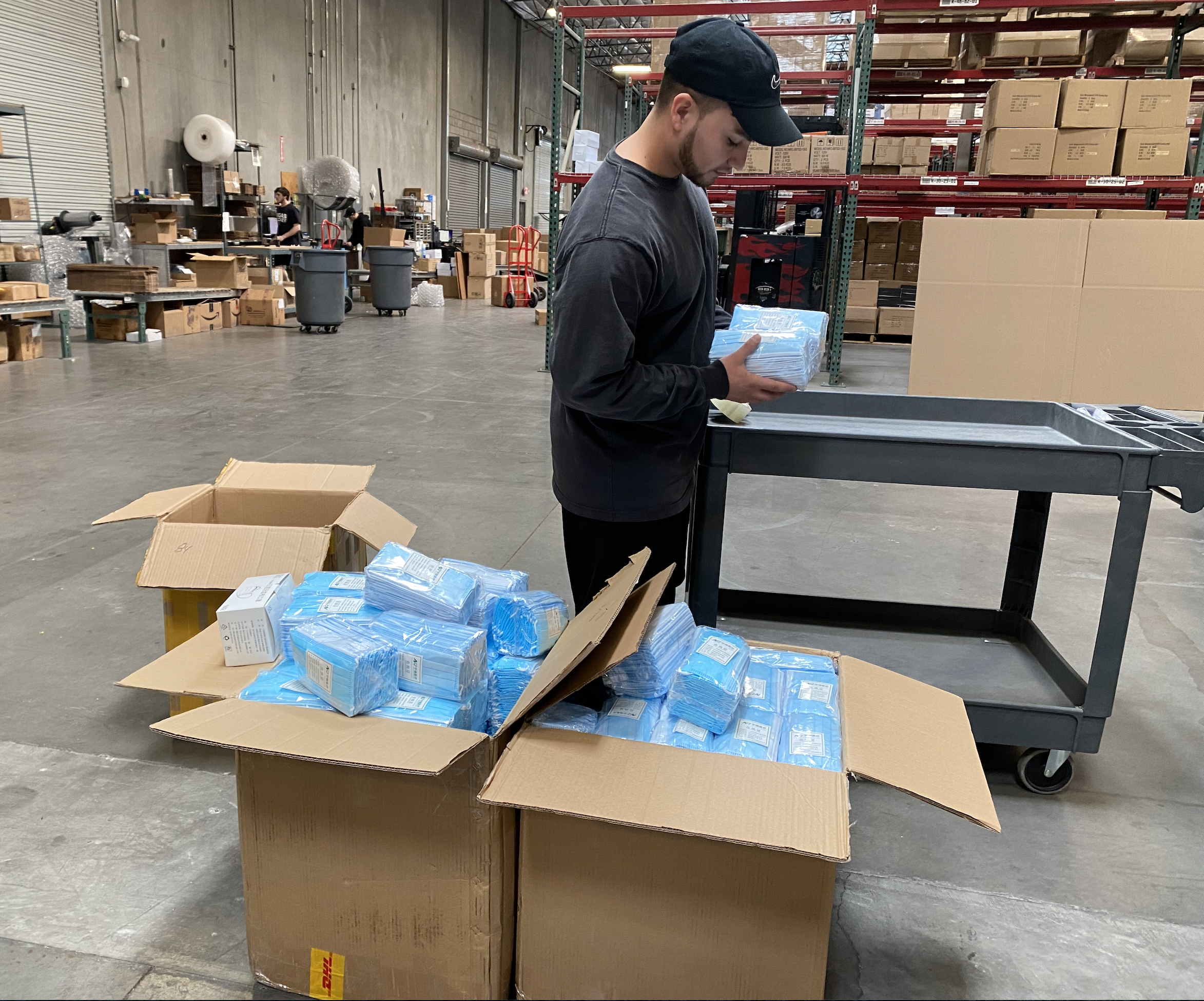
Sourcing Suppliers
Since there were no relationships with existing suppliers of these products, Lake’s sourcing agents began engaging with every factory that had the proper equipment. Once those factories were identified, their abilities to produce high-quality product and ship from their facility had to be verified. “Scams and counterfeit product has run rampant during this crisis, and we wanted to make sure that we were sending suitable supplies to medical facilities,” said Kellner.
Once a handful of suppliers were chosen, shipping became the next priority. Shipments of containers by sea take up to 8 weeks to receive, so daily rush air shipments were used to bring in supplies with shorter 4 to 7 day lead time. Once the confiscation of shipments began, Lake modified their strategy to minimize risk and started shipping multiple smaller orders all to different addresses.
Getting the word out to healthcare workers
Lake Industries benefits from joint operations with a sister company, Revenue Media Group. A marketing agency that creates digital marketing strategies for companies all over the United States, Revenue Media has worked with Lake Industries for over two years. In the first week of the crisis, the Revenue Media Group team created an e-commerce platform to automate inventory tracking, sales, client communication, and shipping. “Our main concern was in delivering these goods to the individual healthcare workers that were not receiving them from their facilities,” said Travis Keys, President of Revenue Media Group. “While we were open to bulk orders, we wanted to create a marketplace where they could buy these supplies for themselves and their teams without having to buy 100,000 units. We basically built an entirely new business in a week.”
Keeping up with demand
Within one week of receiving the first supplies in their warehouse, Lake Industries has already fulfilled orders to over 300 medical facilities. CEO, Saville Kellner said, “The main problem was keeping inventory from selling out. Each day we were ending the day with no product and hoping that more shipments would arrive the next day. So far, our strategy of shipping small batch orders every day has paid off, as we’ve mostly kept up with daily demand. Our hope is that the government and major suppliers like 3M will be able to figure out how to deliver these products soon, so we can get back to our normal business.” Up to this point, Lake Industries has been selling PPE supplies, then converting the capital to purchase more inventory to increase the volume of these supplies.
“We’ve been so lucky to be able to use our company as a means to protect our healthcare workers that are literally working to save our lives right now,” said Kellner. “Our employees have been amazing during this crisis and have risen to the challenge. I’m proud to work with them.”
